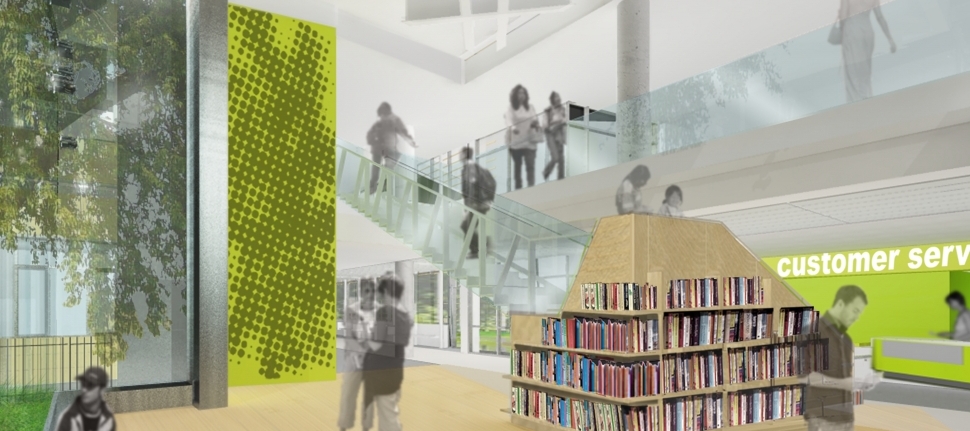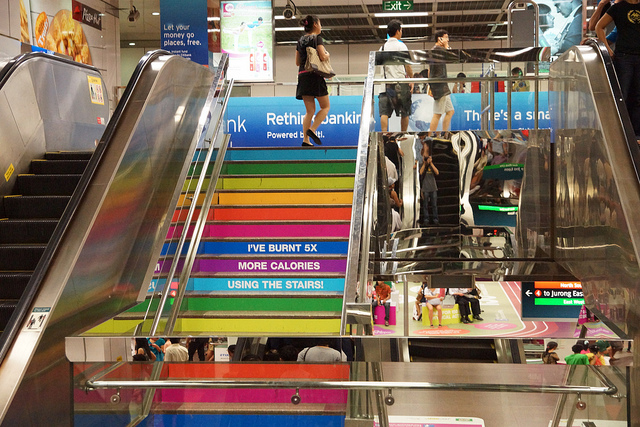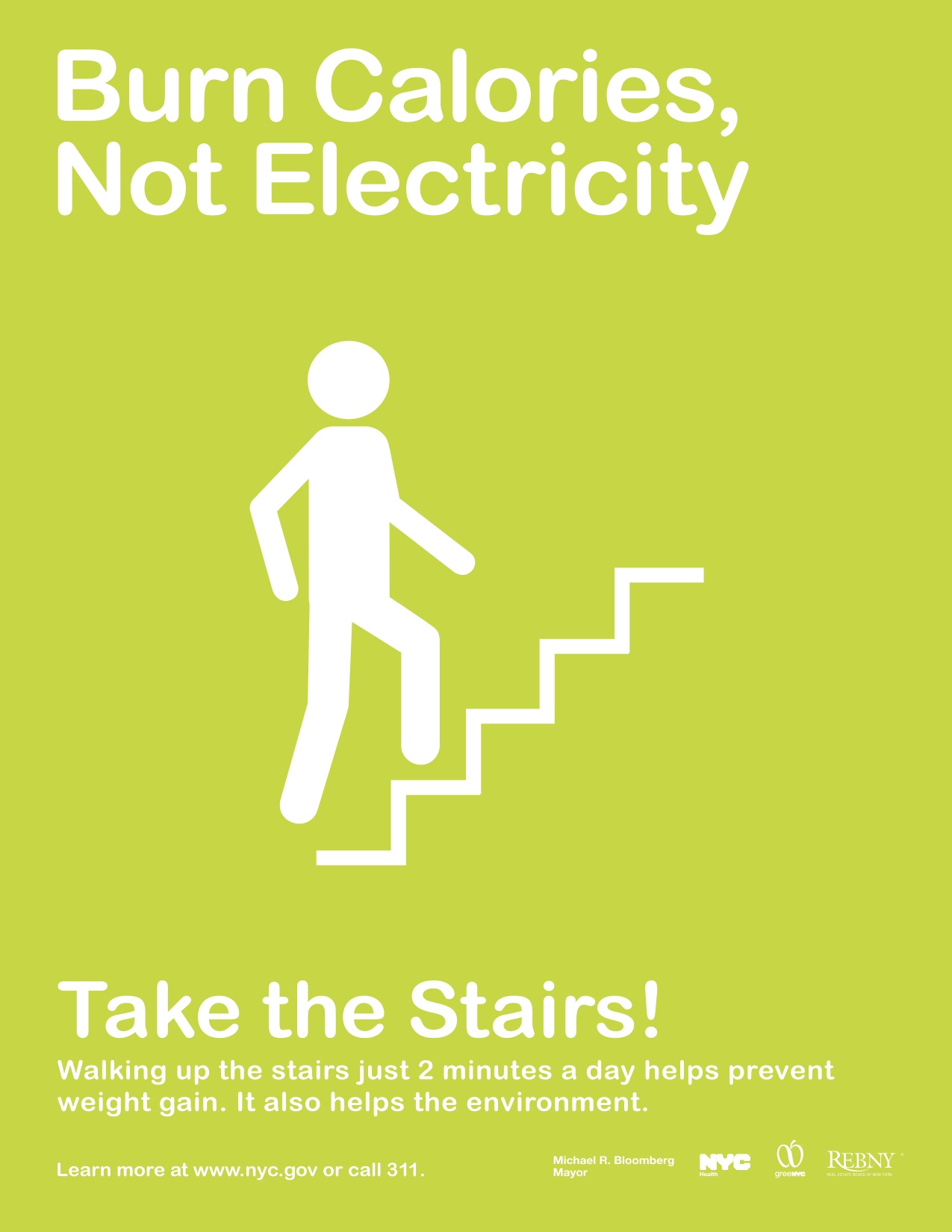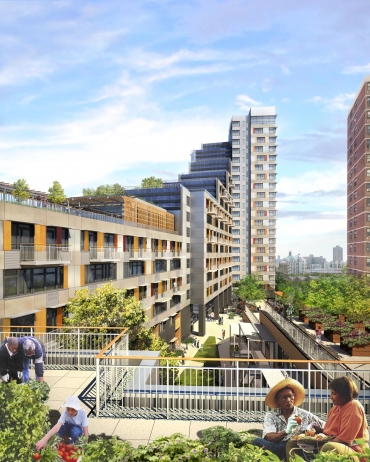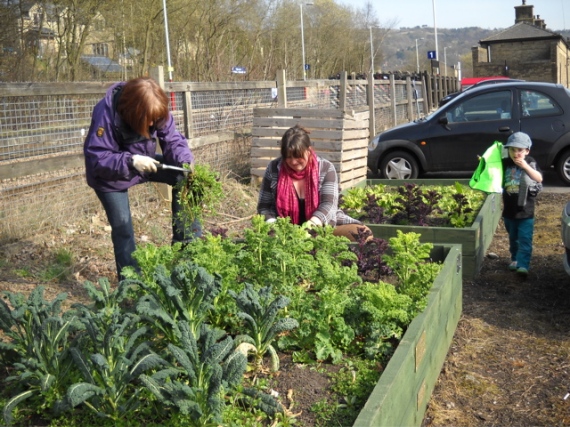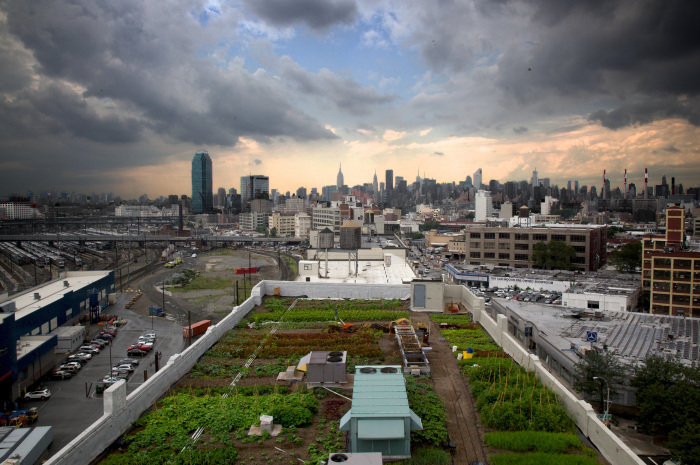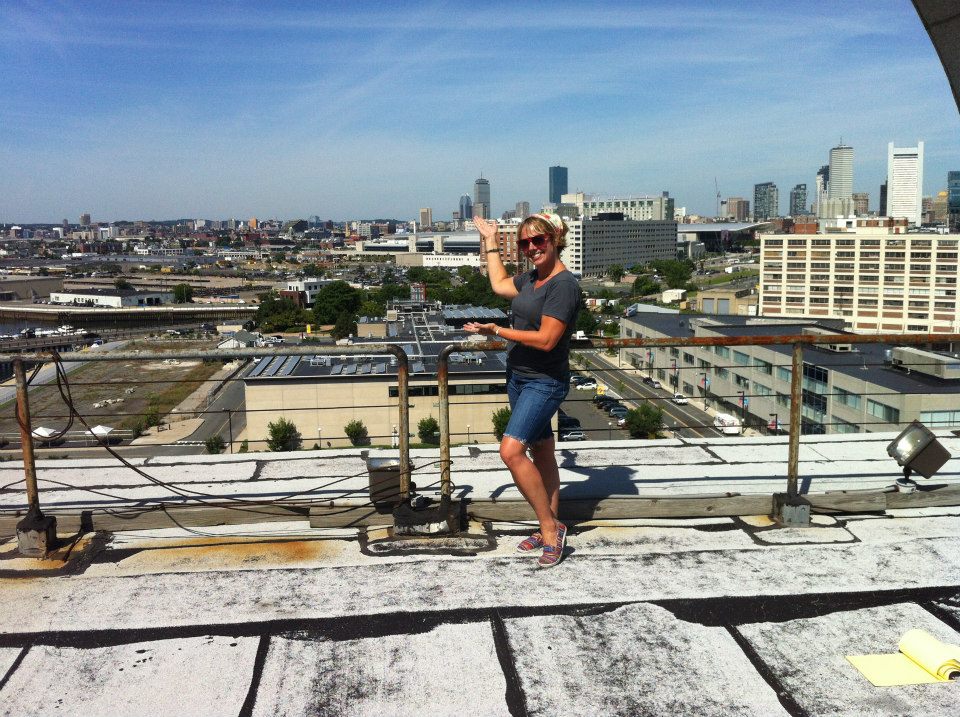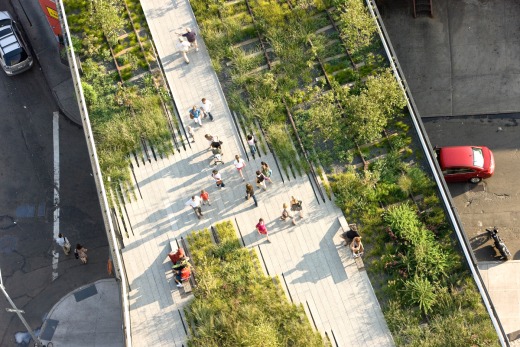
Designing Healthier Communities For 2013
As the New Year 2013 begins what resolutions do many individuals have? Classic examples are: To lose weight, eat better, stay connected, reduce stress, give back, and improve education. I have been wondering if as designers we can we help individuals achieve their resolutions. Can our surrounding impact our health and our communities? I believe the answer is yes! One’s environment has a strong impact on their ability to achieve the above resolutions. Improved quality of the built environment and improved access to healthy opportunities can help achieve certain resolutions. Take notice in 2013 and become part of a different way of thinking about design, designing to promote health and opportunity for all community members.
Groups already making a difference through design include the Center for Active Design, “promoting health through design”. Research shows that “the largest killers of our time are chronic diseases such as heart disease, stroke, cancers, and diabetes, for which the leading risk factors are obesity, physical inactivity, and poor diets.” Incorporating activity into design has never been more imperative, to succeed one must create an active user experience that is desirable. “In North America the average person spends 90% of their time indoors, therefore the design of buildings provides an excellent opportunity to promote daily activity. For many stair climbing and walking between programmed space represents the most accessible way to be physically active.” Designers can learn more at events like Fit City (AIA New York City), exploring how design of the built environment can create opportunities for increasing physical activity.
Access to healthier food is a great way to jump start eating better. Expanding urban agriculture and designing for improved access to healthy food options is another way to fight obesity and promote community involvement. The Food Project in Boston is a great example of urban agriculture that educates and engages young people about food, diet, and activity.
In other places around the world groups are growing and campaigning for local food. The Incredible Edible project in Todmorden England takes leftover green spaces and cultivates them into thriving gardens for the community.
As 2013 begins so does the beginning of “Boston first rooftop farm”, right next door to STA’s office. This spring the proposed farming project with High Ground Farm kicks off. They will be utilizing the built environment of the Boston Design Center as there grounds for producing local fresh produce for our community. I am super excited to check this out and have access to fresh produce right outside my office door.
I have just shared a few great ideas for a healthier tomorrow. In the New Year take a look outside yourself how can designers improve health on a larger level and possibly help fight the epidemic of chronic diseases.
-Sarah




